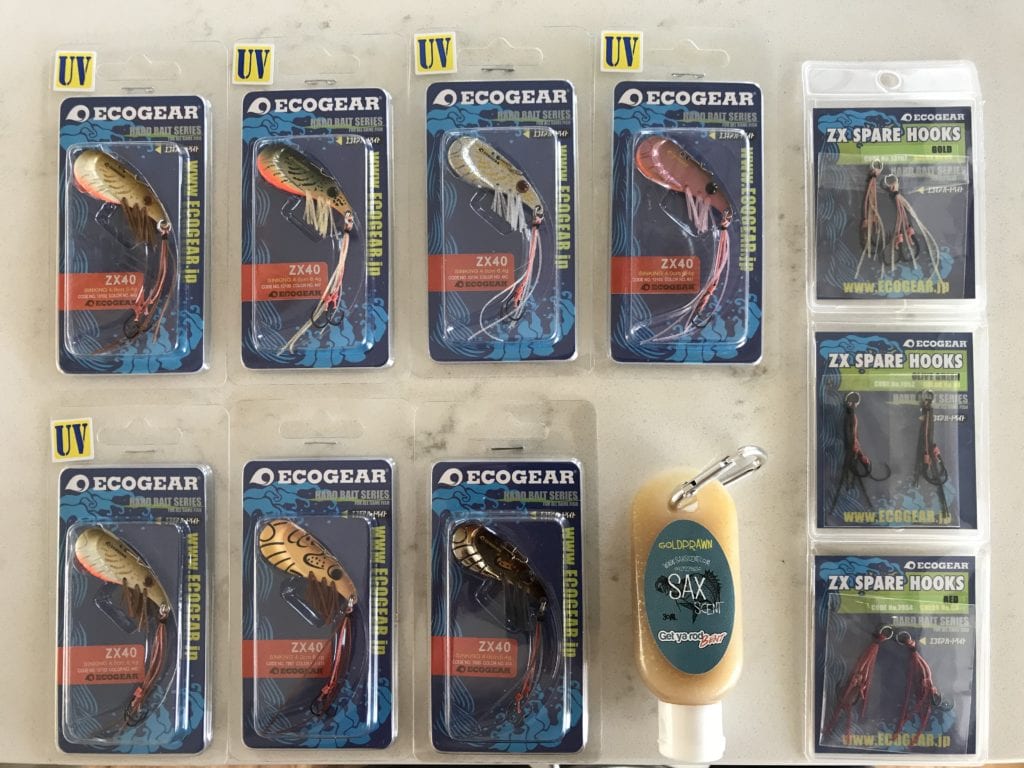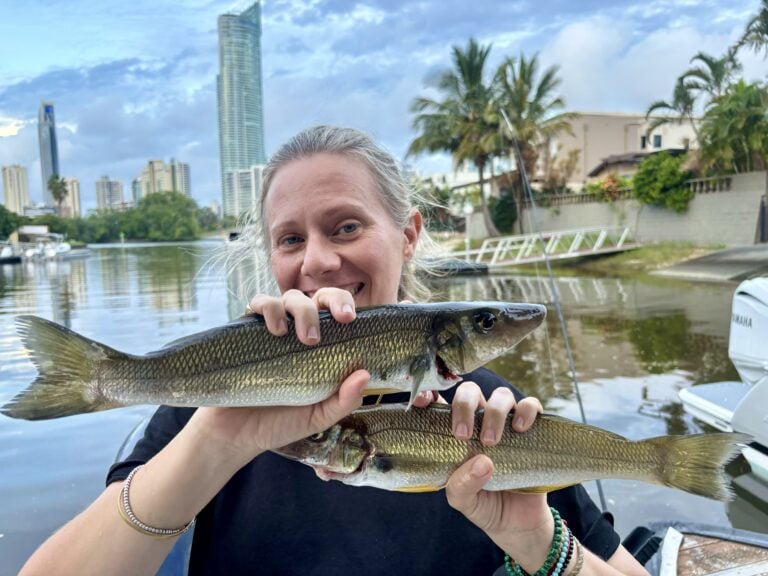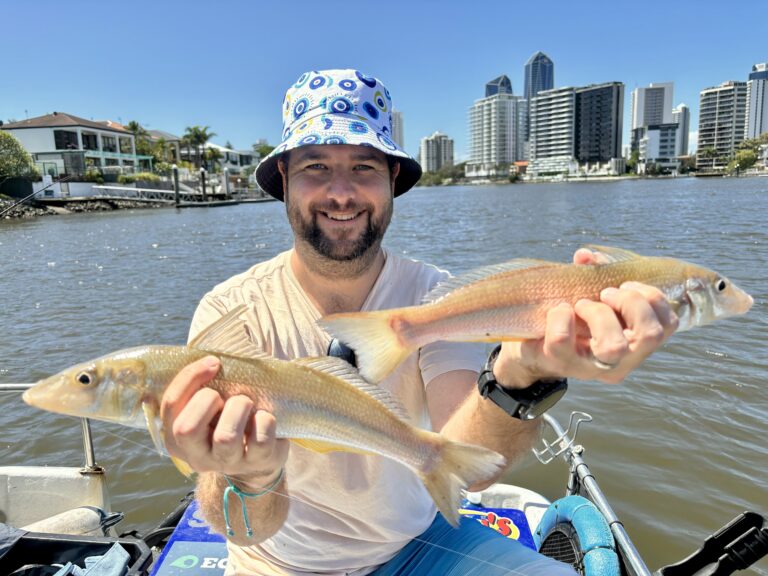Hi everyone, Clint here.
Ecogear ZX40 blades are what I use a lot on my estuary charters. You can certainly catch fish on various other lures, but these things are just so deadly, everything hits them!
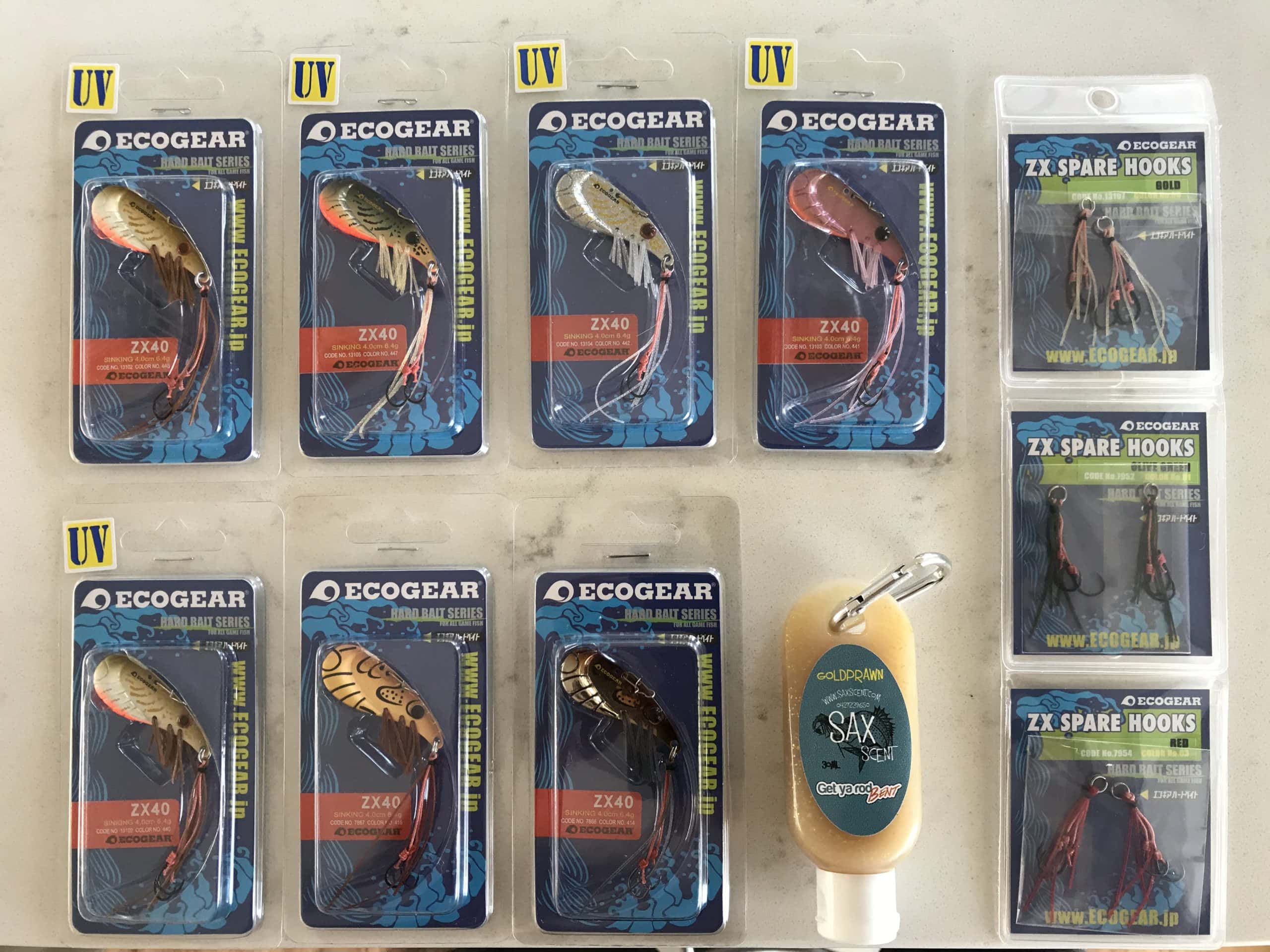
Colour guide:
I’ve tried all the colours in the zx range and these ones as seen in the pic above are what work best for me in the Gold Coast area:
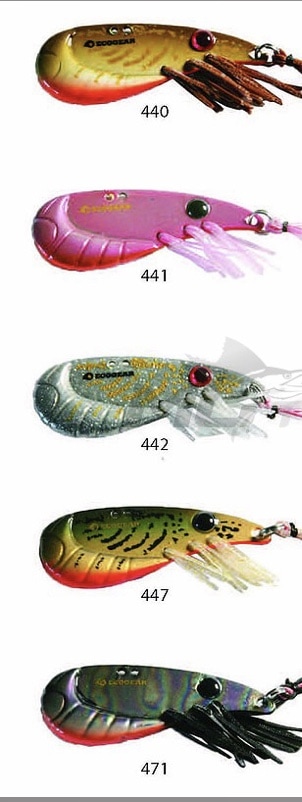
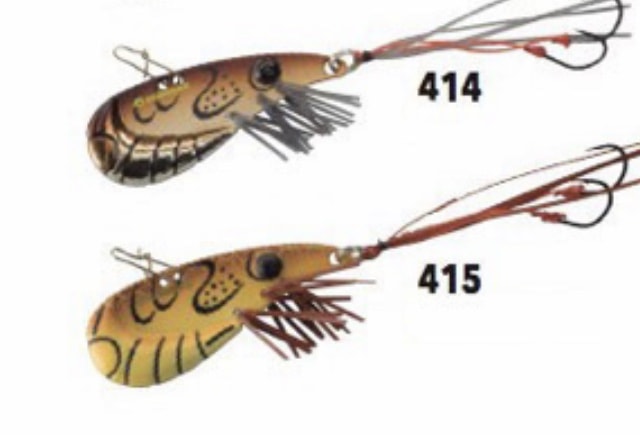
415- a saltwater yabby looking colour, this one goes awesome most of the time.
440- my number one lure, especially in clearer water and calm, sunny days. Catches everything from small winter whiting right up to big flathead. It’s a lethal weapon and uv enabled.
441- the pink colour, as expected with most pink lures flathead are suckers for it, another uv colour which catches everything in clear to slightly discoloured water and weather.
442- I call this the silver bullet and it is a cracker. Being very flashy I originally was hesistant to try it as I am a fan of neutral and natural colours. It seems to work really well when other colours aren’t so always have it handy tied on a rod. Squid love it too.
447- my second favourite colour, just catches everything, and very versatile in various conditions but at it’s best first thing in the morning before the suns too high, on a run out tide when the water is dirtier, and on cloudy days.
All the above colours are great for normal estuary conditions. If you’re fishing in very dirty, muddy water go to flashy and dark colour such as 414 and 417.
Before we start I would recommend taking some soft plastics and gulps on your boat too, as well as some hardbodies for trolling. You can read more about those and other lure techniques in my estuary fishing secrets ebook, but today we are focusing on the Ecogears.
To start with, this article is mainly geared towards boat anglers at the Gold Coast broadwater and rivers, as well as Tweed river, where Brad prefers to run his charters, which he has been operating for over 25 years now.
For the shore based fishos, you can still do very well with these lures. The main keys to success are fishing sandy areas along the edge of waterways and sandbanks, keep moving and covering the ground, and cast into the tide, retrieving the lure along the bottom with a flick, drop, wind, repeat action.
In the Gold Coast broadwater I fish anywhere between Ashmore up the Nerang river, and the Coomera river mouth.
These lures have caught over 25 different species on my boat, with the record being 21 species and over 100 fish in a day. We catch heaps of squid on them too.

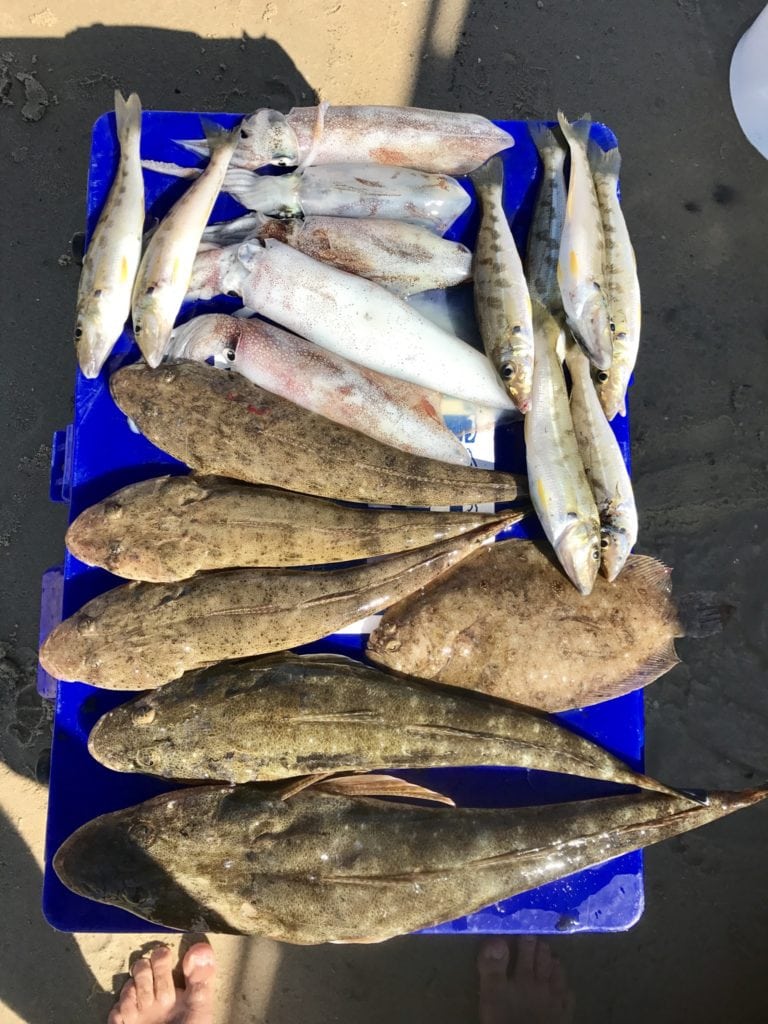
So let’s start as if you’re heading out for the day, and putting the boat in at the ramp. We’ll presume it’s quite a nice day weatherwise, with a run out tide starting at 7am at the Seaway, and a 10-15 SE wind, partly cloudy.
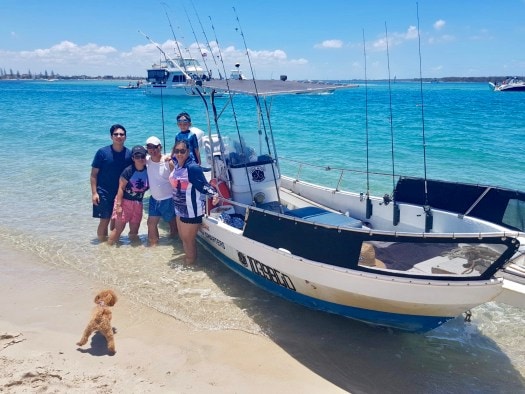
One of the MOST IMPORTANT things is having the correct drift. We don’t use electric motors because we don’t feel we need to for our style of fishing, simple. Therefore we need to get in the rhythm of the river while working with the conditions we have on the day.
Ideally we want a drift speed of between 0.5 and 1 knot. Any slower and we are not making the lures bounce along the bottom quickly enough to force to fish to chase and grab or they miss out on a potential feed, fomo! Any quicker than 1 knot and it’s hard to hold bottom where the fish feed, ie. it is mostly out of their sight.
Another reason a moderate speed drift works well is that we are covering ground and finding fish. I never fail to find bites by locating some sort of activity on the sounder (bait/fish schools near the bottom) then dropping lures right amongst them. If you don’t get bites straight away keep drifting for another 200m or so, still no bites, move on another 200m and start again. If you start catching keep drifting until the bites stop, you can sometimes drift for 3 km straight and catch all along the way!!
Remember you don’t always have to rely on seeing big showings on the finder, flathead and whiting hold very close to the bottom and don’t show up much.
To achieve our ideal drift speed we usually need wind and tide both flowing in the same direction. You really have to think on the day: Where do I need to be right now to have the best drift based on wind and tide angles?
So we’ve put the boat in at Seaworld boat ramp, and heading out the broadwater. In this case the tide is starting to run out and the SE wind is blowing a gentle 10 knots. South of the seaway is going to be the place to be to drift with our Ecogear ZX40 blades. Starting below Sundale bridge we will slowly work our way along the edges of channels and sandbanks. Don’t rush, go slow and pay attention to your surroundings: Baitfish on the sounder, birds diving, current lines, dirtier water surrounded by clearer we love, it holds bait and in turn fish. Fish can be anywhere, keep an open mind.
We’ve spotted some activity on the souunder and a current line with discoloured water. It’s time to drop lures, using 2-4 kg 7 foot rods, 1000 or 2500 size reels spooled with 10 lb mono backing then 100m of 6 lb braid, with a metre of 10 lb fluorocarbon leader joined to the braid with an improved albright knot with 8 turns each way, never lets me down.
Daiwa J Braid Grand x8 or Shimano Kairiki SX8 do the job just fine. I personally love using a Shimano Raider rod with a Sienna reel, works for me and great value for money.
We’ve got our various colour ZX40’s tied on a number of rods. I have tried all the colours and narrowed down the ones that work best for me to six particular ones, which I sell in my Ecogear pro packs, along with Sax scent. If anyone tells you scent doesn’t work on lures they have no idea. Fish rely on smell to find food, and any small berley trail can only help. The biggest advantage I find with scent is when the fish miss the hooks they tend to come back and whack it again, sometimes repeatedly until they hook up.
Smear a small drop of scent all over the lures every 30 minutes or so. Don’t put too much though, or the hooks will stick to the lure.
The UV enabled colours in the range just happen to be most of my favourites too, no coincidence.
So back to our hypothetical day on the water. Early morning with cloud cover we’ll start with darker and flashy shades of blades and go to more natural and pale colours as the sun gets up and the clouds clear. Sometimes what should work doesn’t so keep trying different things, it changes during the day too. The idea is you want the lures to just catch the fish’s eye, but not stand out too much which makes them suspicious.
Everything eats prawns and shrimps, and these things mimic them in looks and action well. If you can add Sax scent in goldprawn flavour to make them smell like prawns too, why not!
So we’re having some luck on the blades catching small whiting, flounder, flathead. Just because they’re small don’t immediately dismiss the spot and race off somewhere else. All fish often feed in the same areas for a reason, there is food there. Often if you’re catching smaller models, biggers ones are nearby. Repeat the drift you just did but a few metres left or right of where you previously started. Bigger fish dominate the ideal feeding territory.
Fish will move too, you may be doing well for a while then nothing. Keep moving and find them again.
If the wind gets up and the drift gets too fast, move to an area where’s there more shelter eg. River bank or building. Same with the tides, if it’s a really big tide that starts to run too hard to drift, move out of the main flow to the edges of the broadwater, or up meandering rivers move to the inside of bends where it doesn’t flow as fast. The opposite is true when you start to run out of tidal run closer to changes, try the middle to outside of bends and channels to make the most of what’s left of the tide, then try the deeper holes during the tide changes.
Back to our day on the water, the tide has now changed and started to run back in. It’s still blowing SE so we now want to move location and start fishing the Northern side of the seaway to get our ideal drift angles. On a run in tide the water gets really clear, too clear at the times, so keep moving ahead and stay with the dirtier water.
You’ll find over the flats the fish activity coincides with tidal run. More run, more fun. So be patient until the tide kicks in again. By now as the day wears on there is a lot of boat and jetski traffic on the water. This doesn’t necessarily put the fish off, they are used to it, but the noise is not enjoyable for us fishermen, so find 6 knot zones to fish in.
We’ve had a good day, and kept just enough legal size fish for a feed tonight, and carefully released the rest to fight another day. When you get home and cleaned the boat and fish, be sure to retie leaders, replace hooks, and do any gear maintenance at the same time, ready for the next trip.
SUMMARY
These lures are versatile, I fish with them in depths ranging from 1 to 12 metres deep.
The UV colours work great, 440 is my absolute go to colour unless the water is muddy.
You can buy replacement Ecogear hook sets, use split ring tweezers to change over the set.
Check your leader through the day, it often gets frayed so cut a bit off the end and retie.
Stick to mainly sandy areas, however the assist hooks snag less often than other hooks.
The best action is a very short, sharp lift of the rod, with barely any pause. Keep the same rhythm and leave the lure in the strike zone on the bottom, don’t wind in. It’s consistency that nails them.
Hold the rod at a 45 degree angle and straight towards the drift. Then drop the lure straight to the bottom watching the line carefully for the slighest pause and slack line showing you the lure has reached the bottom. Keep and eye on the sounder, if the water gets deeper let more line out to hold bottom.
If you get a bite but don’t hook up, keep flicking and they’ll often hit it again.
If you get snagged don’t lock up and snap it off, give it gentle flicks and if that doesn’t work drive up past where it’s snagged, give it flicks and it’ll often come free.
Top up the scent every 15-30 minutes.
SMS 0432 990 302 to book your private charter guaranteed to catch fish on lures!
Visit our store at the link below to order your Ecogear pack:
Connect with us on social media here:
[cn-social-icon]

